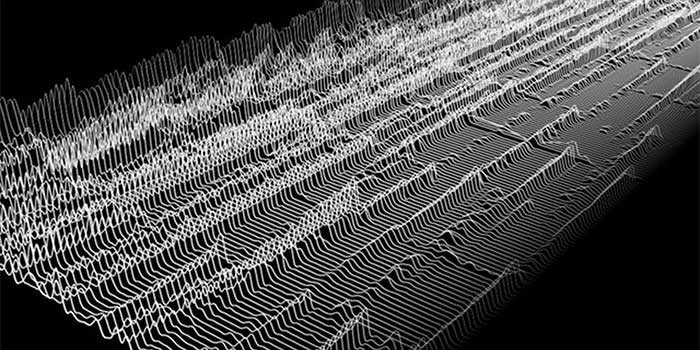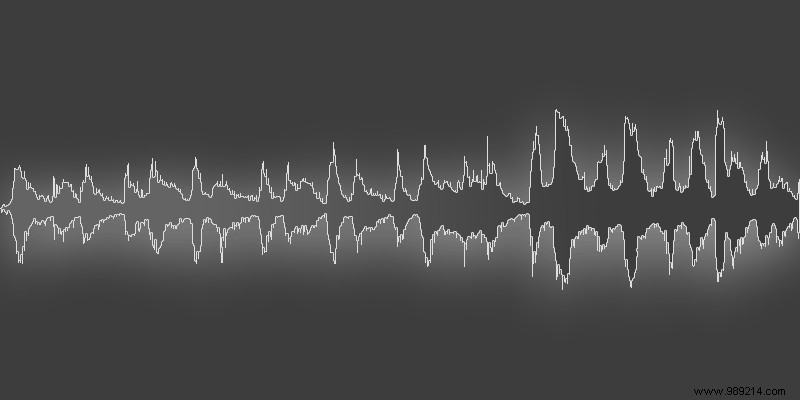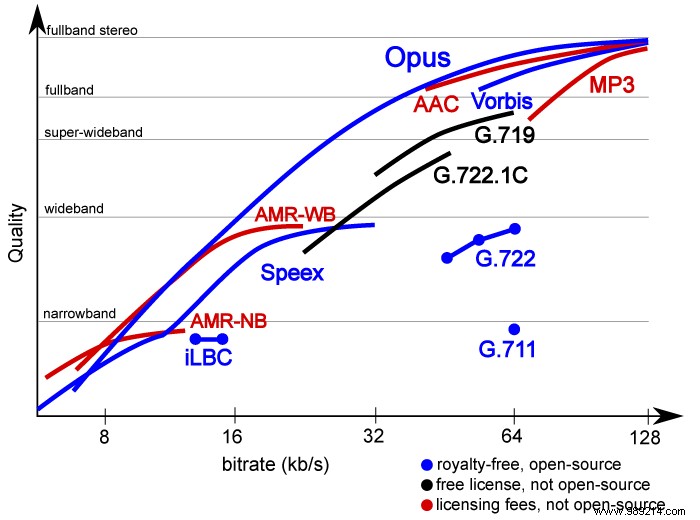With the "death" of MP3 greatly exaggerated, many people have wondered what the seemingly superior format, AAC, is all about. But AAC is not the only format available; there are many other widely available audio compression formats.
Contents Is MP3 Dead? How Does MP3 Work? What About CAA? How Do Lossless and Uncompressed Formats Fit In? Are There Other Lossy Formats? ConclusionMP3 is the most popular audio format in the world. It's hard to pinpoint exact statistics, but chances are more devices support MP3 than any other audio format. The standard is far from dead. On the contrary, the patent on the technology has recently expired. Fraunhofer Institute for Integrated Circuits, the company that handled patent licensing for MP3, recently announced it would be ending its patent licensing program and recommending users switch to AAC. A few outlets took this to mean that the MP3 was "dead". In fact, it's the opposite:the MP3 format is now freely available to everyone.

AAC stands for Advanced Audio Coding. It is a proprietary audio compression scheme with much in common with MP3. In fact, it was specially designed as a successor to MP3 format, providing better sound quality than MP3 at the same bit rate. This means that AAC reduces file size while maintaining the same audio quality. It uses the same principles as MP3 for compression, eliminating inaudible sounds and eliminating audio based on the psychoacoustic model.
Today, AACs are the audio component of the popular MPEG-4 video container. It is also the default audio format for services like YouTube and widely supported by Apple and Sony. Unlike MP3, however, the format is under patent and must be licensed for legal use.

MP3 and AAC are both lossy formats, discarding non-essential data to help reduce file size. However, not all formats follow this principle. Lossless formats such as FLAC or Windows Media Audio (WMA) compress audio using fully reversible compression techniques shared with the ZIP algorithm. This reduces file size while maintaining maximum quality. However, these formats are not as widely supported as lossy formats.
However, the audio does not need to be compressed. Uncompressed formats such as WAV and AIFF use pulse code modulation (PCM) to store data unaltered. Files encoded in this way are larger but offer perfect reproduction and the greatest flexibility.

There is a wide variety of lossy formats, with varying degrees of popularity. Open source formats like "Opus" use specialized techniques to deliver higher quality compared to AAC, but support is relatively limited. Televisions and DVD players frequently use the Dolby AC-3 format for their sound. There is a wide variety of highly compressed telephony formats such as BroadVoice to support digital phone calls and voice over IP (VoIP) communications. A few dozen other formats exist to fulfill specific niche uses. But MP3 is more common than all of these other formats combined.
AAC offers better quality to compression than MP3, but a lack of ubiquitous support has held it back. And now that MP3 is free for public use, it's likely to maintain its position as the dominant lossy audio format for years to come.
Image credit:Colorblind compatible Opus Quality Comparator